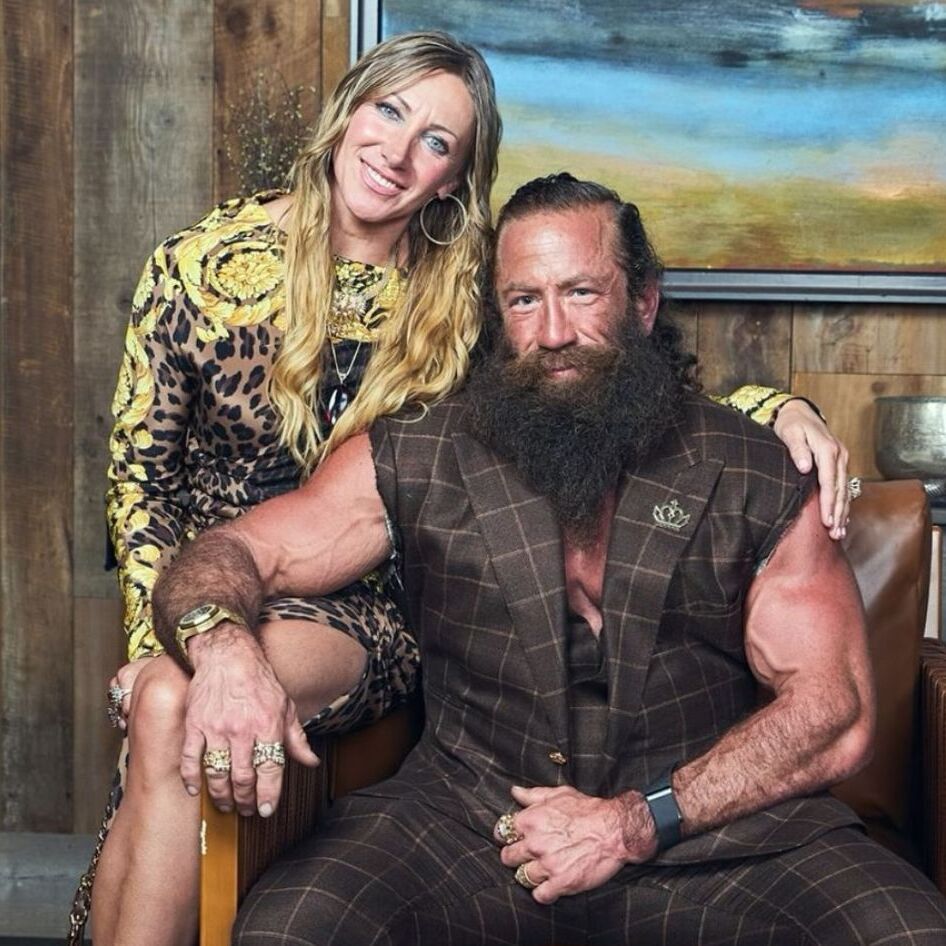Can You be Green and Eat Meat?
The myths of humane meat and omnivorous environmentalism come into question in this exclusive Q&A with two of the topics’ most prominent speakers.
July 11, 2010
“Can you be a ‘good environmentalist’ and still eat meat?” This was the question on everyone’s mind on May 20 when VegNews and Earth Island Institute co-hosted a riveting debate with advocates on both sides of the fence. Howard Lyman, former cattle rancher-turned-veg activist, opposed Nicolette Hahn Niman, a vegetarian environmental attorney and spouse of Niman Ranch founder Bill Niman. Held at the David Brower Center in Berkeley, Calif., the sold-out house witnessed 90 minutes of compelling discussion, concluding in a question-and-answer segment (the full video can be seen here). Like most hot topics, time ran out before all the questions could be answered, leaving guests wanting more. In an exclusive post-debate interview, Lyman and Niman give more insight into the relationship of environmentalism and eating meat.
VegNews: Let’s talk about the carbon footprint of grass-fed as opposed to corn-fed beef.
Howard Lyman: Grass-fed livestock raised on land that is unsuitable for cultivation has a much smaller footprint that those raised in a grain-fed environment. However, we need to make sure that they are not just the replacements in grain-fed feedlots. Unless grass-fed meat is 100-percent free of modern feeding practices, eating it makes a supposed environmentalist a true hypocrite.
Nicolette Hahn Niman: The four aspects of agriculture that cause greenhouse gases are: fossil-fuel burning vehicles (tractors, trucks, irrigation and ventilation systems, etc.); production of agricultural chemicals (pesticides, herbicides, and fertilizers); liquefied manure systems; and enteric animal emissions. In the first three categories, grass-fed cattle is generally much better than grain-fed, especially if the cattle are on natural grasslands. In the fourth category, grass-fed can be higher, but mainly because grass-fed cattle live longer.
VN: Why doesn’t the meat industry label its products truthfully? “Natural” still uses anti-microbials; “grass-fed” is typically only 50-percent grass-fed and 50-percent grain; “organic” uses GMO vaccines; “local” is sometimes shipped across the country for slaughter.
NHN: I agree that there are some misleading food labels out there, but the problem is in no way limited to the meat industry. The best way to ensure that you’re really getting food that is produced in an environmentally sound manner is to learn about where your food—whether it’s meat, soy, or vegetables—comes from and how it’s produced. When I see people eating “soy jerky” manufactured in Taiwan from soy that probably came from Brazil, I cringe.
HL: Food corporations never want the shopper to know the conditions used to produce a product. Marketing deception is as common as the industry’s reluctance to allow visits to slaughter facilities. Truth gives the consumer too much information so they prefer false, catchy terminology to increase sales.
VN: If the planet’s population went vegan, is there enough arable land to produce food raised without animal manure or synthetic fertilizer to feed everyone?
HL: There is enough arable land to feed twice the current world population without using additional fertilizer, but we would have to return to growing food under proper plant rotation. Nature figured out plant nutrition long before humans started screwing it up. The works of John Jevons and Bill Mollison have proved this without doubt.
NHN: Possibly, but since 99 percent of the world’s people eat animal products, the more pertinent question is whether we can feed the world’s growing population with a diet that includes fish, meat, dairy, and eggs. That question was carefully examined for a 2009 report titled “Eating the Planet” prepared by two respected European think-tanks. It concluded that with a modest reduction in consumption of animal based foods by Westerners, the world could convert to pasture-based, organic agriculture and provide enough food for all people.
VN: Are our dietary choices the single most important choices we can make to lessen our negative impact on the environment? If not, what is?
NHN: It’s high on the list, but I would put reducing our massive over-consumption of all goods, especially plastics, even higher. Plastics are made from fossil fuels, do not degrade (they’re literally killing the oceans), and are a major suspect in rising cancer rates. As Westerners, our total “ecological footprint” is enormous, and that needs to be dramatically curtailed.
HL: While that may be true, dietary choices are the one issue we have total control over. There are many things devastating the environment, but we have little chance to impact them. Our diet we can control—or we fall victim to our addiction.
VN: Is a cow on a farm part of nature? What about hunting, specifically animals such as turkeys or wild pigs, which are abundant, non-native, and often destroy local habitats?
HL: A cow on a farm is about as natural as a politician is a teacher of the golden rule. Hunting turkeys and wild pigs in areas where they are non-native is a testament to the mistakes humans have made in the abuse of our environment.
NHN: Ruminants are an important part of the food system largely because of their miraculous ability to thrive on the naturally occurring vegetation of marginal lands that cannot be farmed. Regarding hunting, humans have wiped out most of the natural predators of many animals, so hunting is one way to help keep animal populations in balance with their natural ecosystems while simultaneously providing food for those who eat these animals.
JUMP TO ... Latest News | Recipes | Guides | Health | Subscribe







